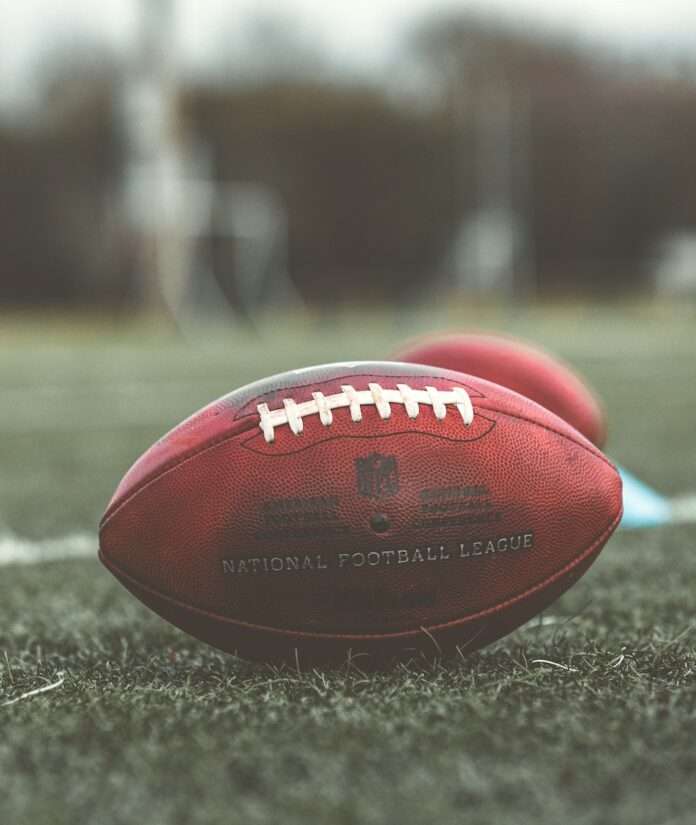The NFL has been quietly embracing sustainability since the ’90s, both on and off the field. From League efforts to players’ diets, here’s how it’s evolving the conversation.
The NFL has been prioritizing sustainability for nearly 30 years with its NFL Green program. In 1994, the League launched its first recycling program. By 2018, the NFL reported that its Rush2Recycle project helped to collect more than 90 percent of waste generated at Super Bowl LII, including composting, recycling, and items for donation.
“The goal of NFL Green is to reduce the environmental impact of our events and to go well beyond that to leave a positive ‘green’ legacy in the communities that host our events,” Associate Director of NFL Green Susan Groh told Food Tank.
Now, as another Super Bowl is about to get underway, the League says it’s aiming for some of its most ambitious sustainability metrics to date. Super Bowl LVII is aiming for 92 percent waste diversion — up 20 percent from 2015.
“We’re very intentional … on what should be recycled, what can be composted, and what needs to be actually, you know, end up in landfill,” Jay Parry, host of the Arizona Super Bowl Host Committee said in a recent interview with NBC.
The NFL planted 57 trees in Arizona last October in honor of Super Bowl LVII (57). The League has completed six “planting projects” and has another six coming up. In total, the NFL has planted more than 500 trees in Arizona ahead of the game.
League-led sustainability
In 2019, the NFL joined the Green Sports Alliance — an environmental effort that includes more than 600 teams, leagues, and venues committed to reducing waste, conserving resources including energy and water, as well as reducing the use of harmful chemicals, among other measures to increase sustainability.
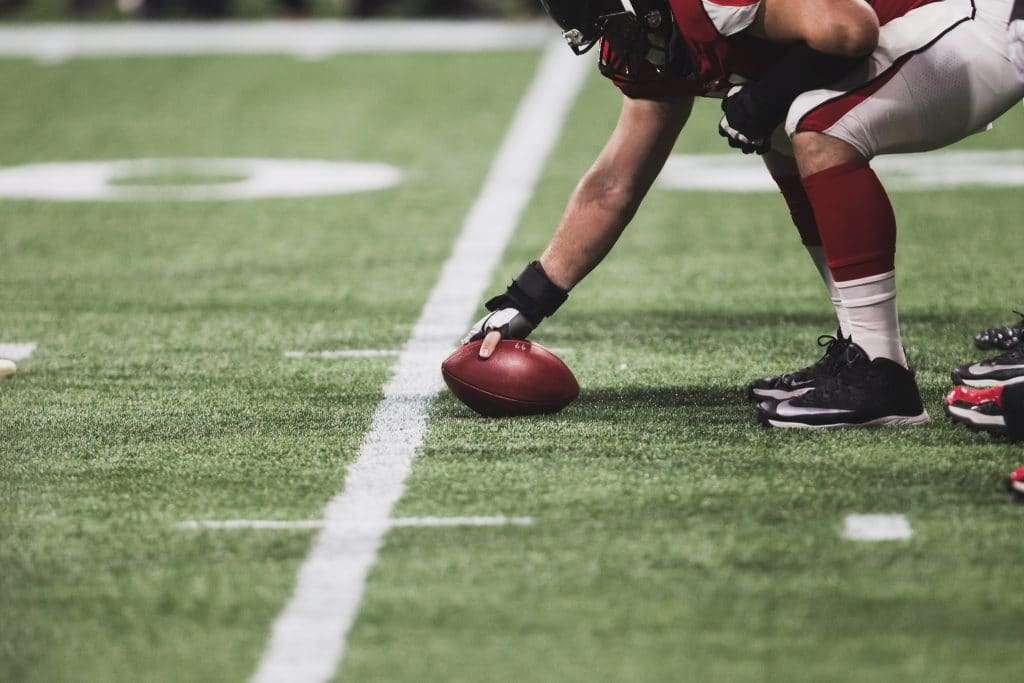
Perhaps fitting, the green and white Philadelphia Eagles are regarded as league leaders in sustainability.
Owner Jeffery Lurie launched a Go Green program in 2003 aimed at sustainability. He said in an interview at the time that the initiative was “the most comprehensive greening effort of any major sports team.”
Among the efforts were an increased focus on recycling and the development of Eagles Forest — a tree-planting effort in a local city park. The team also switched the Lincoln Financial Field stadium to biodegradable food service items as well as recycled paper products.
The Brady effect
Whether or not you’re a fan, it’s impossible to ignore how the seven-time SuperBowl champion, Tom Brady, now 45, has changed the possibilities within the game. The record-breaking quarterback also helped to usher in a new era for players, too — one where healthy eating and sustainability are becoming the norm.
Brady first made headlines with his “mostly” plant-based diet, which led to the launch of his own TB12 line of vegan snacks, and a vegan meal tract with the meal delivery platform Purple Carrot.
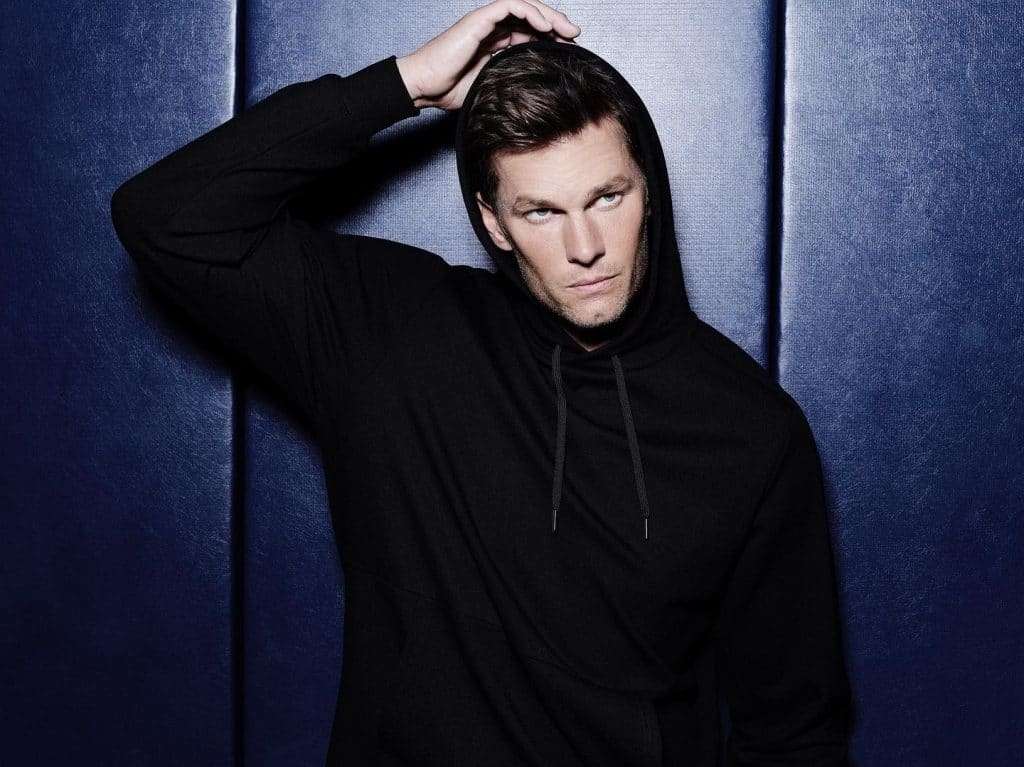
Brady’s diet sent a ripple effect through the NFL with players like his former Patriots and Buccaneers teammate Rob Gronkowski crediting it for keeping him in the game. Patriots’ lineman Lawrence Guy is 315 pounds and vegan. New Orleans Saints safety Tyrann Mathieu is vegan as is Buffalo Bills defensive tackle DaQuan Jones and free agent and former Carolina Panthers quarterback Cam Newton.
But even for NFL players who aren’t fully or mostly plant-based, healthy eating has become a priority, shown to speed recovery, prevent injury, and support overall performance. These plant-based diets are better for the planet, too, as meat and dairy are two of the biggest contributors to climate change.
Player priorities
In 2020, the League saw an increase in players shifting to electric vehicles — namely Teslas.
“I know a lot of guys on the team have a Tesla,” Kansas City Chiefs kicker Harrison Butker told CNBC ahead of the Super Bowl LV in 2020. “The technology they have in there is pretty amazing.”
Ahead of 2021’s Super Bowl LV, the League held “Green Week” events around the host city of Tampa Bay. They included building a community garden, a compost center, and a fruit tree orchard.
Mental health has also become a priority for players. Most recently, Green Bay Packers quarterback Aaron Rodgers revealed his journey with the plant medicine ayahuasca to help heal personal and family trauma.
“Most of the work was around myself and figuring out what unconditional love of myself looks like of myself,” he said. “In doing that, allowing me to understand how to unconditionally love other people but first realizing it’s gotta start with myself. I’ve got to be a little more gentle with myself and compassionate and forgiving because I’ve had some negative voices, negative self-talk, for a long time. A lot of healing went on.”
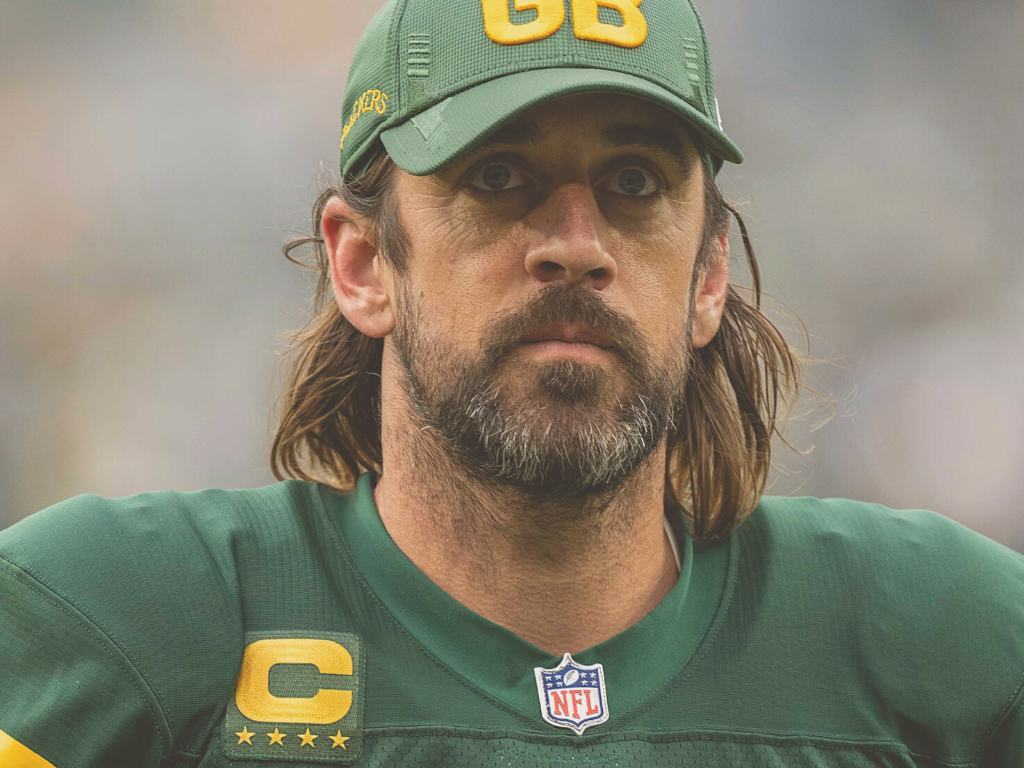
In 2021, Brady announced the launch of his eponymous clothing brand, Brady, which will focus on sustainable materials and advanced engineering.
Denver Broncos quarterback Russell Wilson has also dived into sustainable fashion. Alongside his wife, singer Ciara, and former Lululemon CEO Christine Day, Wilson launched LR&C, a sustainable clothing line that focuses on lower-impact materials.
“If we don’t actually make fashion sustainable and transparent, then we’re never going to change the industry,” Day said in an interview earlier this year. “That’s what we believe the whitespace is and that nobody is doing well.”
Stadiums going green
Stadiums are embracing shifts, too. Prior to the Rams and Chargers moving to SoFi Stadium, the Rams’ temporary field, the Los Angeles Memorial Coliseum, enacted a zero-waste program that also saw a success rate of more than 90 percent. Both US Bank Stadium, home to the Minnesota Vikings, and Mercedes Benz Stadium, home to the Atlanta Falcons, have achieved LEED Platinum certifications — the highest possible ranking for green buildings.
Baltimore Ravens M&T Bank Stadium has installed low-flow fixtures and waterless urinals and made strides in decreasing energy use and increasing recycling. It also encourages fans to take public transportation to the games.
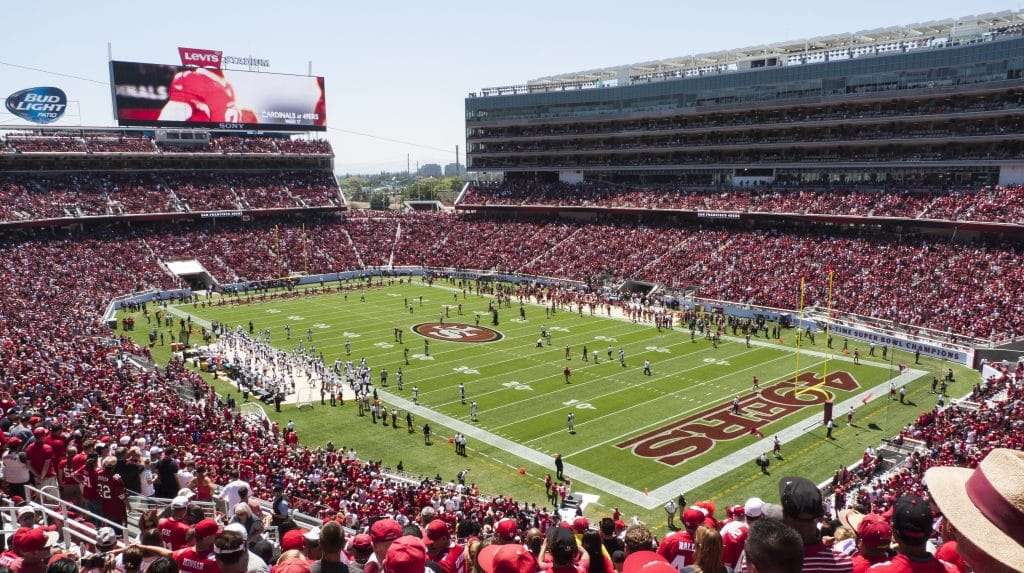
San Francisco’s Levi’s Stadium produces enough solar power to offset its use during the NFL season. Its green roof increases insulation and decreases heating and cooling costs. It also uses a green HVAC system and embraces a robust recycling program.
Chicago’s Soldier Field may be the oldest in the NFL, and it’s one of the first when it comes to sustainability. It prioritizes locally grown food and has a strong commitment to giving back — donating all unused food to shelters. It also prioritizes increased recycling and composting efforts and the lots have EV charging stations.
A growing number of stadiums are also meeting the demand for healthier, and more sustainable plant-based food with kiosks offering vegan hot dogs, falafel, veggie burgers, wraps, and tacos.
Sustainable brands cash in
The most popular annual U.S. sporting event, the Super Bowl averages more than 100 million viewers per year. The televised event is known for its commercials, which last year, included appearances by the vegan billionaire investor-led FTX.
In 2021, Anheuser-Busch ran six ads that were all Environmental Media Association-certified for sustainable production.
“We are the global standard for green production for television and film,” Debbie Levin, EMA’s CEO said in a statement last year. “We’ve tried to get into advertising and commercials for years, and we couldn’t get any traction with it.”
The EMA’s Green Seal considers things like power sources, trailers, transportation, waste disposal, composting, and lighting, among other criteria.
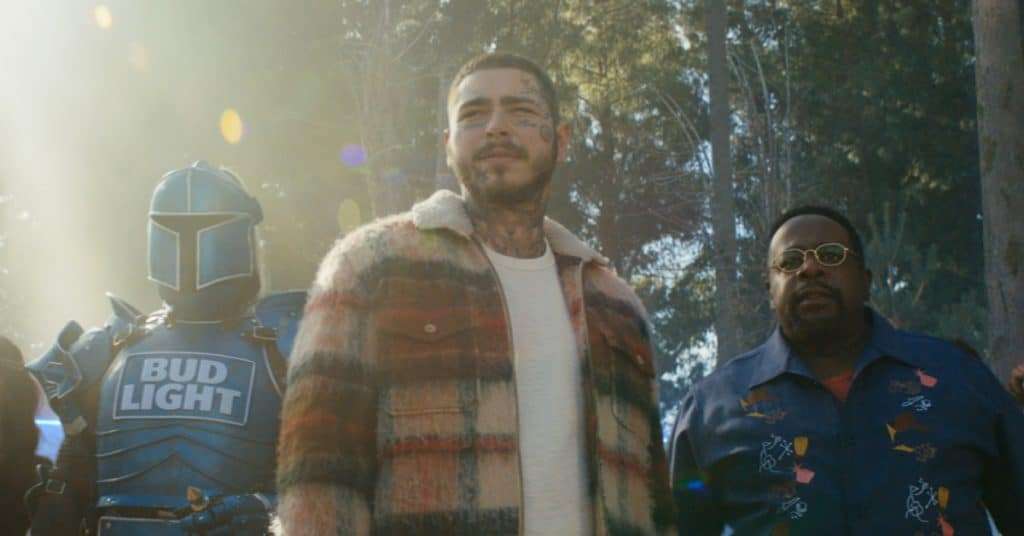
Covid safety measures created some hurdles, but Levin said that between transportation and waste, Anheuser-Busch’s carbon footprint was so much smaller. “It really, really educated all of us as to what we could do moving forward that didn’t have any effect on the finished product.”
“Everybody looks for the Super Bowl ads,” she said. “It’s a beautiful way to showcase and use that as an example of being able to shoot a commercial sustainably. There is no reason not to think about sustainability when you’re shooting anything.”
Ben & Jerry’s got in on the action, too, commemorating the social justice impact of former 49er Colin Kaepernick with the vegan ice cream flavor, Colin Kaepernick’s Change the Whirled.
Sustainable Super Bowls
It’s not just the efforts for this year’s Super Bowl that have seen the League up its eco efforts. In 2020, ahead of Super Bowl LIV, the League and the host city Miami, spent a year working on environmental and social projects including a coral reef restoration project along the South Florida coast. The Florida Keys is home to one of the largest reefs on the planet. But like other reef structures, it’s feeling the pressure of climate change and ocean acidification.
“It’s one of the best projects we’ve ever worked on,” Groh told The Sustainability Report. “The area looked like an underwater desert last spring. Now it’s a thriving ecosystem.”

“One thing is how do we mitigate the environmental impacts? How do we lighten the footprint?” Jack Groh, NFL Green’s director told Dave Burns on KTAR News 92.3’s Super Bowl Host Committee Show. “And the second thing is how do we create an enduring green legacy that we can leave behind in each community?”
The League will also work to collect items including books and school supplies to donate via Salvation Army. And with food left over from the event, it also plans to feed as many as 50,000 people.
“If you’re holding a big party, you never want to run out of food, so you over-prepare,” Susan Groh said. “Right after Super Bowl, we’ll have our partners in there to collect [unserved food] and get them immediately into the community.”
Related on Ethos:

